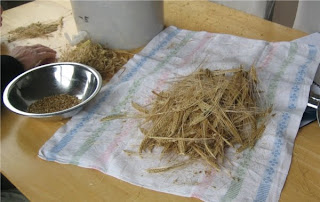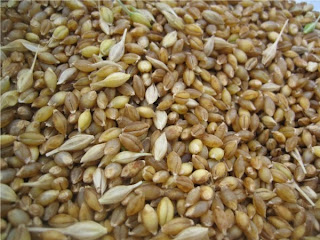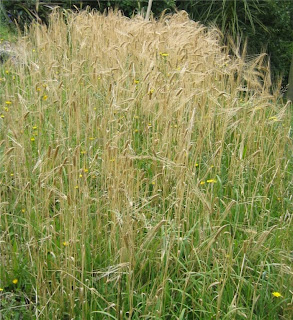Recreateion of "ANOTHER SORT OF MEATH" Page 76 from "THE CLOSET OF SIR KENELM DIGBY KNIGHT OPENED"
Original text:
Take thirty six Gallons of fountain water (first boiled, &c.) and dissolve twelve Gallons of Honey in it. Keep them boiling an hour and a half after they begin to boil, skimming well all the while. It will be an hour upon the fire before it boil. When it is clear and enough boiled, pour it out into woodden vessels to cool. When you are ready to Tun it, have four Gallons of Black-currants, bruise them in a stone mortar, that they may the more easily part with their juyce to the Liquor. Put them and their juyce into the barrel, and pour the cool Liquor upon them, so as the vessel be quite full. Cover the bung with a plate of lead lying loose on, that the working of the Liquor may lift it up, as it needeth to cast out the filth. And still as it worketh over, fill it up with fresh Liquor, made in the same proportion of honey and water. A moneth after it works no longer, stop up the bung very close.
De-waxing
I only 2 Litres of bush honey left. It was quite waxy so first I had to de-wax it. I heated it up with 2L of water to melt both honey and wax. I then rapidly cooled it by putting the pot in cold water and adding 4 more L of water. I was now at the total volume of water and honey. As expected, the wax coagulated quickly and floated to the surface. I skimmed most of it and then used a very fine cheese cloth and a sieve to filter the last of the wax.The picture below shows the wax floating.
Boil
As I already pre-boiled it and already remove a lot of impurities, the boil stopped producing "gunk" on top so after 1 hour of boiling I stopped. I cooled it and added the black currants. Even though we had 30 degrees Celsius I had to close the windows and doors. Wasps and bees thought it smelt wonderful...The picture belows shows the color of it.
Final gravity shows 1090. I added about 30gr of fresh baking yeast.


































